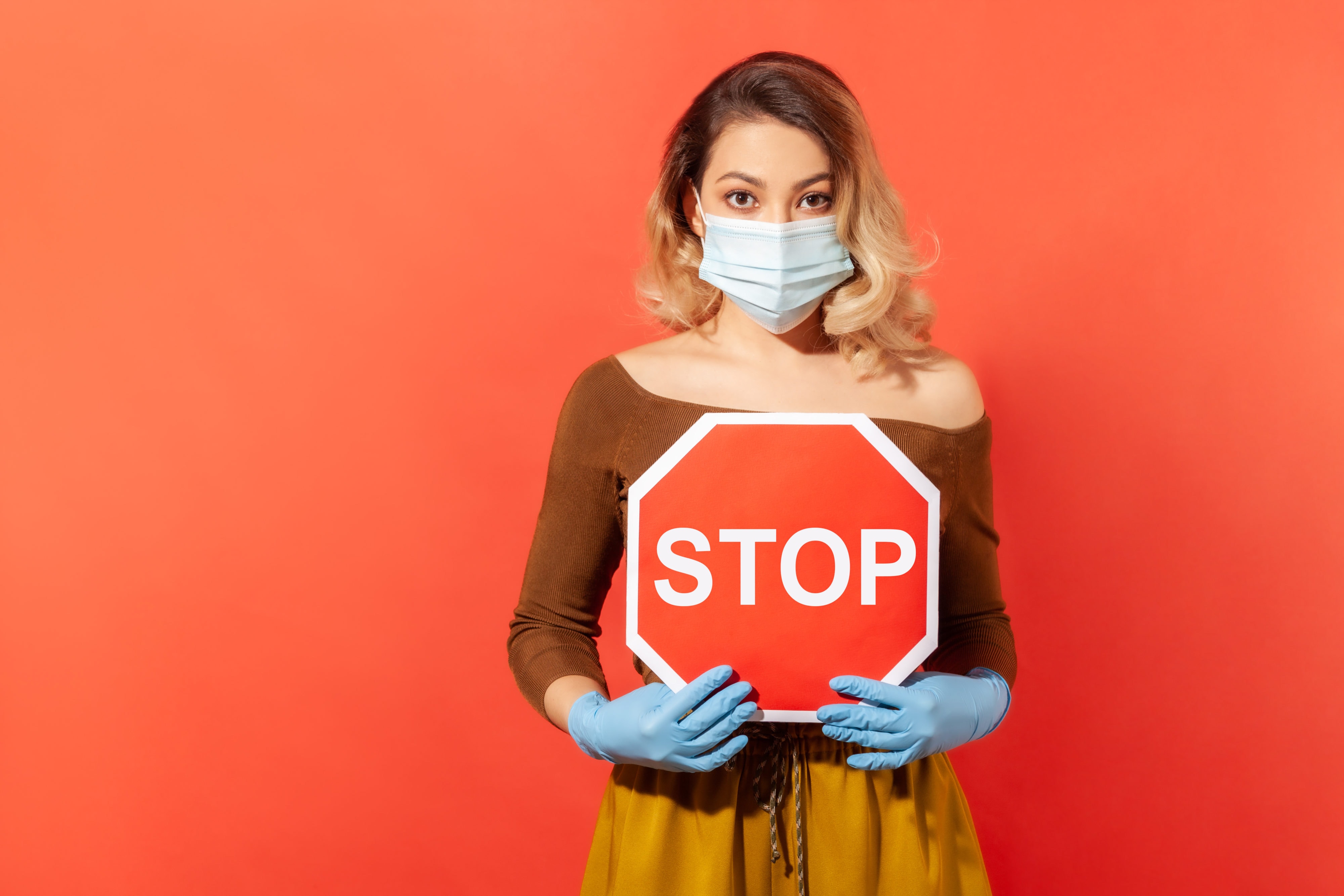
Officials have identified another 3,624 COVID-19 cases in the South Florida tri-county area, according to the latest Department of Health (DOH) report released Friday.
The region has now recorded more than 75,000 cases since the outbreak began, and officials are beginning to pull back on reopening measures instituted prior to the surge in cases in recent weeks.
Palm Beach County added 465 cases in Friday’s report, which covers confirmed positive tests from Thursday morning to Friday morning. Broward County recorded 1,113 new cases, while Miami-Dade’s total increased by 2,046 cases.
That raw number of new cases can be driven by an increase in testing capacity. That was not the case Friday, however. While the share of tests which came back positive dropped slightly from day to day in Palm Beach County, the number went up in Broward and Miami-Dade counties.
The positivity rate in Palm Beach dipped from 12.6% in Thursday’s report to 12.2% Friday. Those numbers only account for Florida residents.
Broward, however, saw a huge jump, going from 13.5% Thursday to 16.4% Friday. The number also increased in Miami-Dade, from 19.5% to 20.8%. Friday’s daily report was the first where Miami-Dade crossed a 20% positivity rate, meaning more than 1 in 5 tests during that span came back positive.
The week-to-week trends in the region continue to show similar red flags.
From June 19-25 in Palm Beach County, officials recorded 351 new cases per day on average with an overall positivity rate of 10.8%. From June 26-July 2, the region saw 403 new cases per day and an 11.3% positivity rate.
In Broward, the region had 426 new cases per day from June 19-25 with a 9.4% positivity rate. The next week, from June 26-July 2, there were 700 new cases per day with a 13% positivity rate.
Miami-Dade County has fared the worst, recording 851 cases per day from June 19-25 with a 13.4% positivity rate. Those numbers jumped to 1,730 new cases per day — more than doubling — the following week, with an 18.1% positivity rate.
The death rate did drop in all three counties, as the current spread is driven largely by younger Floridians.
Broward’s death rate dropped from 2.35% in Thursday’s report to 2.27% Friday. Miami-Dade’s numbers moved from 2.56% to 2.48%. In Palm Beach, the numbers dipped from 3.56% to 3.53%.
All three counties remain above the statewide death rate of 2.1%. Officials also worry that the surge in cases among younger Floridians could help spread the virus to more vulnerable populations.
With Miami-Dade County experiencing the highest surge, Mayor Carlos Giménez has begun taking the most severe steps in the region to combat the virus, even pulling back the county’s reopening.
Late Thursday, Giménez reversed course and signed an executive order shutting down several entertainment venues such as movie theaters, bowling alleys and casinos. The Mayor also instituted a curfew running from 10 p.m.-6 a.m. effective Friday night and remaining in effect “until further notice.”
That adds to previous measures shutting down beaches and requiring masks to be worn in public. Those moves have been echoed in Broward and Palm Beach counties as well.
The moves in Miami-Dade though all come less than two weeks after Giménez said of rising coronavirus cases, “We don’t see this as concerning.”
That changed, in part, due to increasing strain on the area’s hospitals. Jackson Health System and other nearby hospitals have announced a pause on elective surgeries to preserve bed space.
Many of the regional shutdown measures will remain in effect through the July 4 weekend, after which they will be reevaluated.
___
Editor’s note on methodology: DOH releases new data every morning around 10:45 a.m. The total number reported in those daily reports include the previous day’s totals as well as the most up to date data as of about 9:30 a.m.
Florida Politics uses the report-over-report increase to document the number of new cases each day because it represents the most up-to-date data available. Some of the more specific data, including positivity rates and demographics, considers a different data set that includes only cases reported the previous day.
This is important to note because the DOH report lists different daily totals than our methodology to show day-over-day trends. Their numbers do not include non-residents who tested positive in the state and they only include single-day data, therefore some data in the DOH report may appear lower than what we report.
Our methodology was established based on careful consideration among our editorial staff to capture both the most recent and accurate trends.
